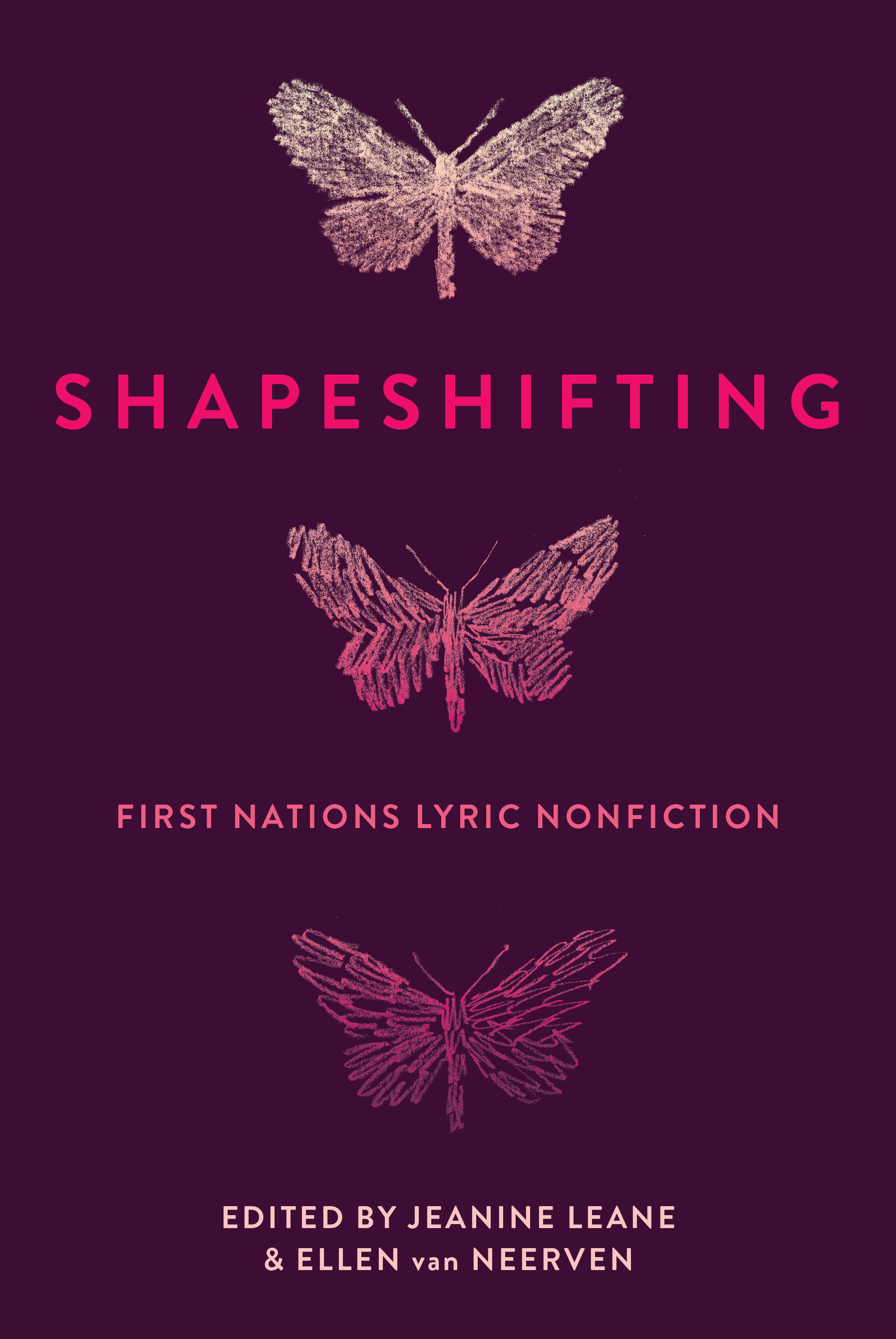A Cedar Heritage
For a timber of such beauty and usefulness, red cedar has had a somewhat perverse history. Recognised for its domestic potential in the first few years of European settlement in New South Wales, it wasn’t long before supplies were so depleted around Sydney that government attempted, unsuccessfully, to regulate its logging. By the end of the century, it was all but cut out of accessible land from Sydney to north Queensland, leaving in its wake large tracts of denuded rainforest and sometimes dislocated Aboriginal communities.
Cedar’s special qualities also contributed to its own destruction; the only deciduous tree in an otherwise evergreen habitat, cedar’s new copper-red spring foliage made its location a dead give-away. And paradoxically, because of the depredations of the cedar tip moth, modern attempts to establish commercial red cedar plantations have failed in eastern Australia, while in Hawaii the tree has been so successfully imported that it can reach weed proportions. Finally, recent revelations about the extent of trade with India in the nineteenth century, and the similarity between Indian and Australian cedar, have raised conundrums for Australian furniture historians. No longer is the use of red cedar in furniture an incontrovertible indicator of colonial workmanship.
Continue reading for only $10 per month. Subscribe and gain full access to Australian Book Review. Already a subscriber? Sign in. If you need assistance, feel free to contact us.








Leave a comment
If you are an ABR subscriber, you will need to sign in to post a comment.
If you have forgotten your sign in details, or if you receive an error message when trying to submit your comment, please email your comment (and the name of the article to which it relates) to ABR Comments. We will review your comment and, subject to approval, we will post it under your name.
Please note that all comments must be approved by ABR and comply with our Terms & Conditions.